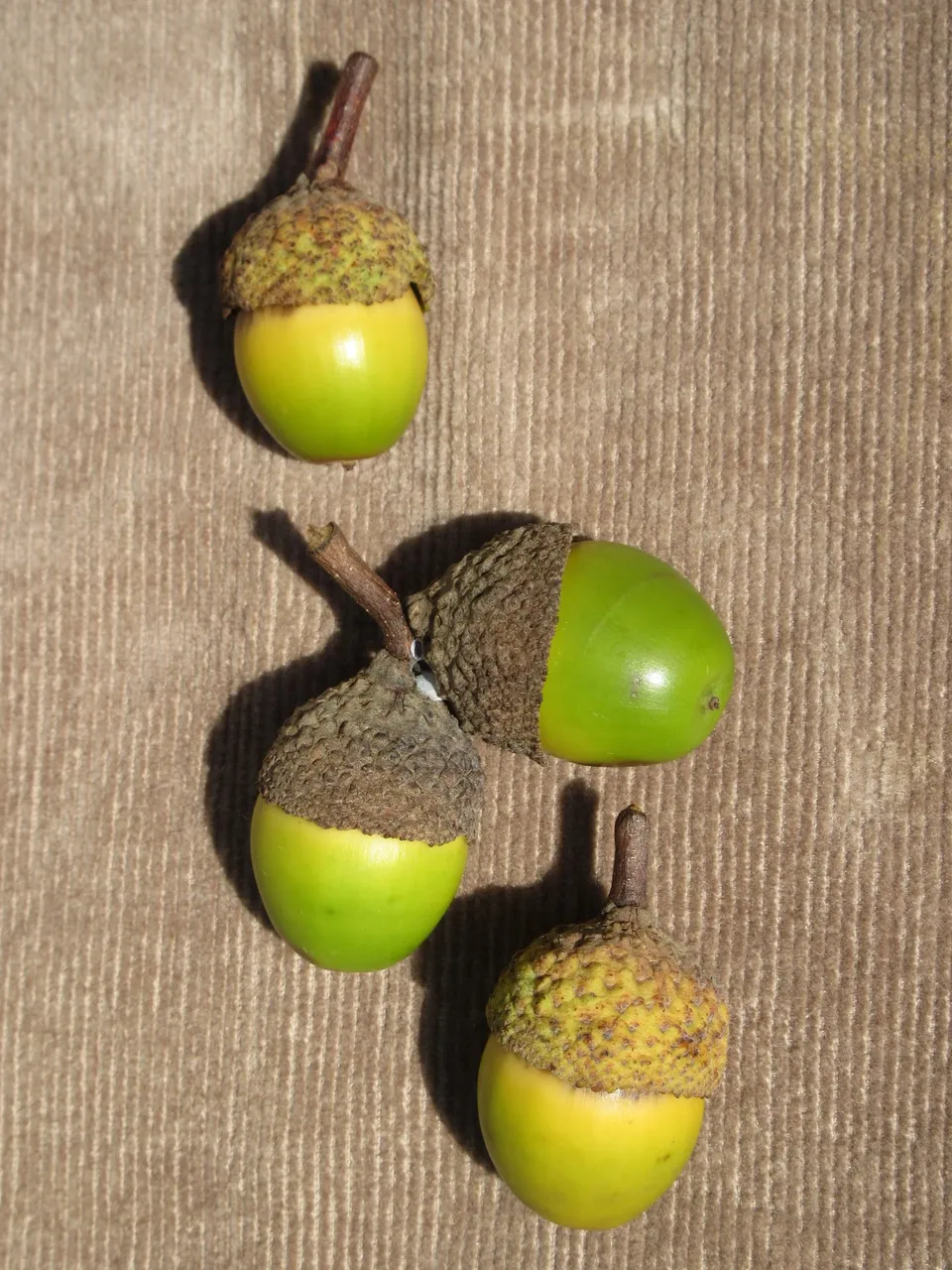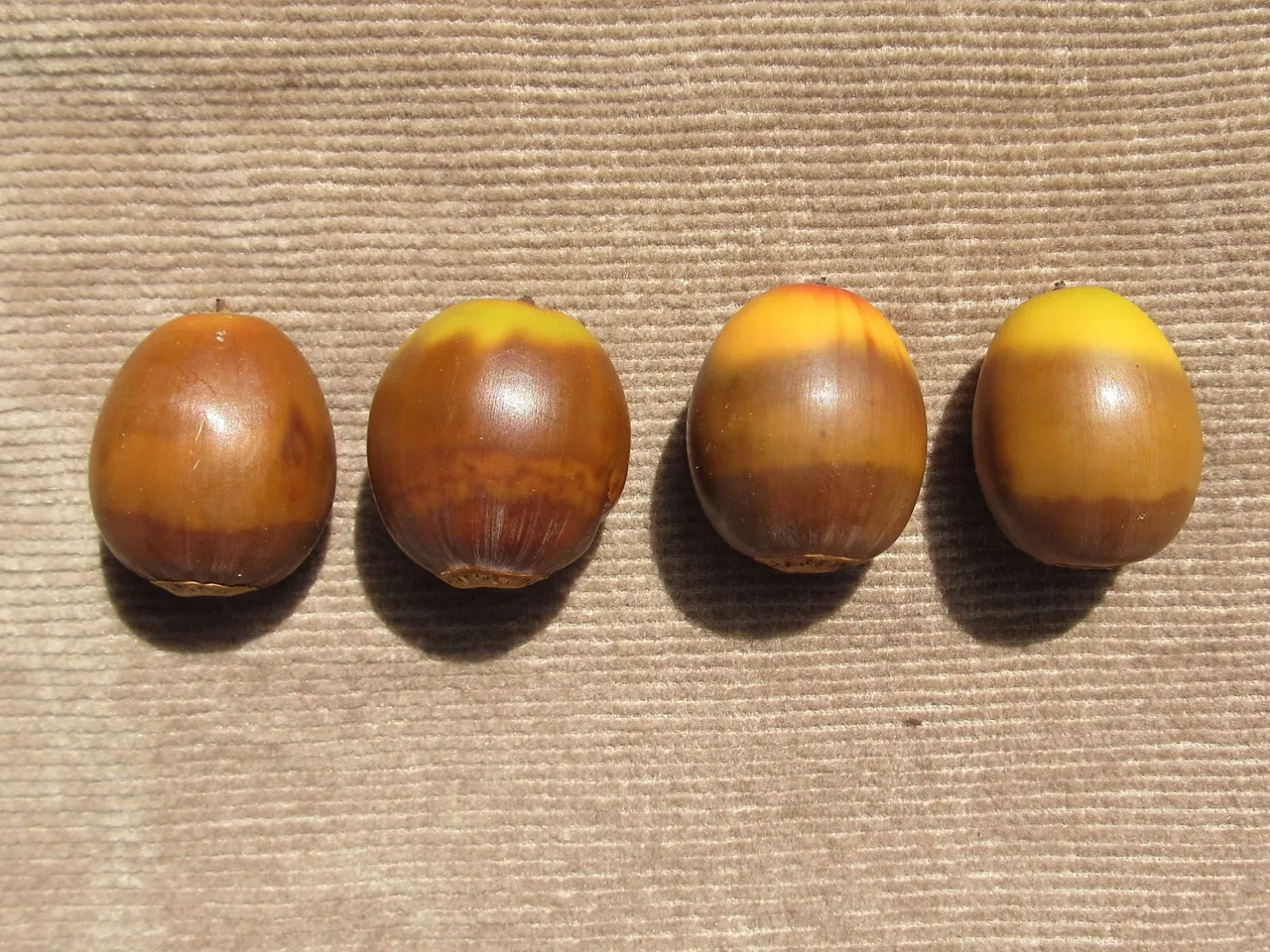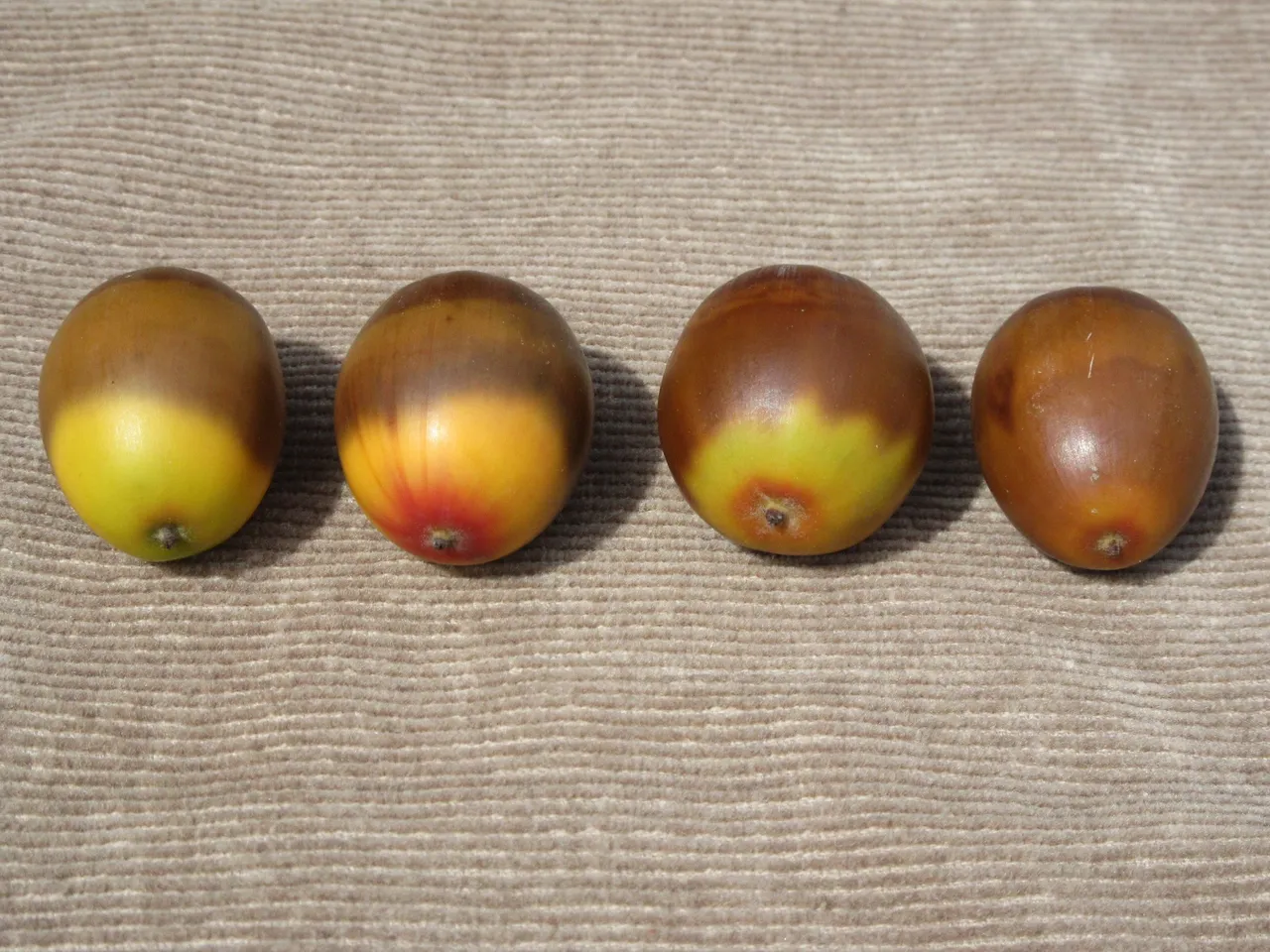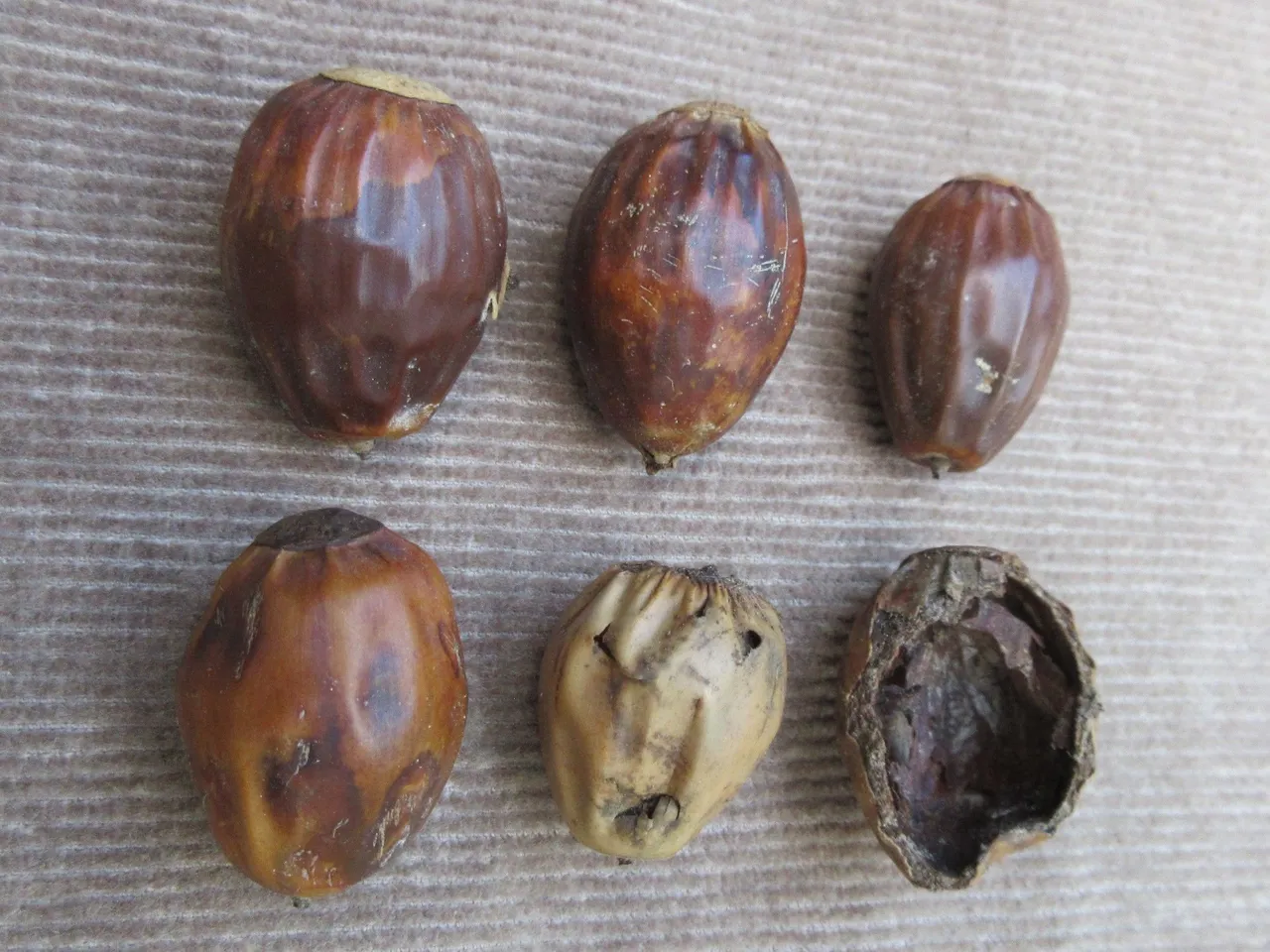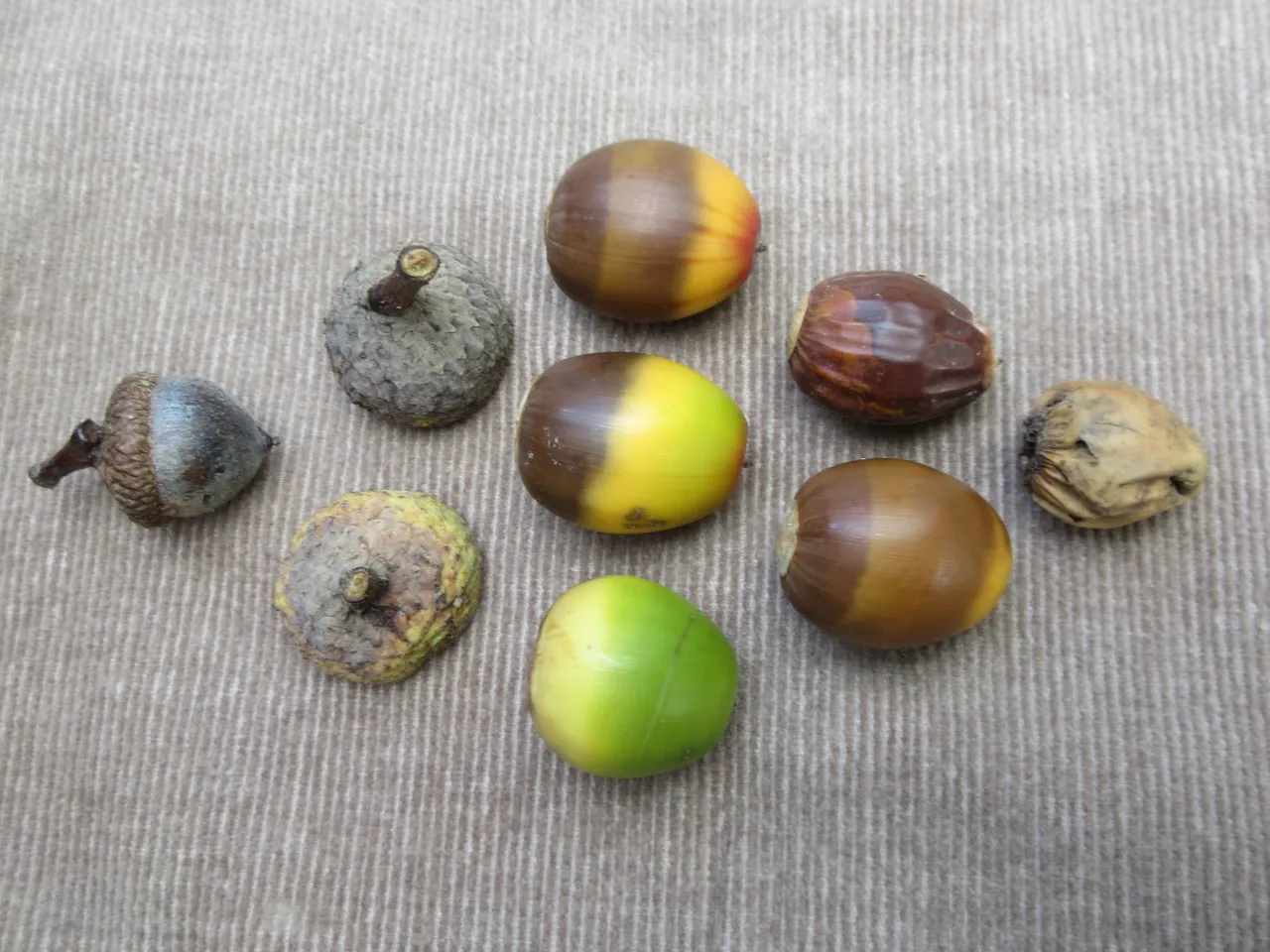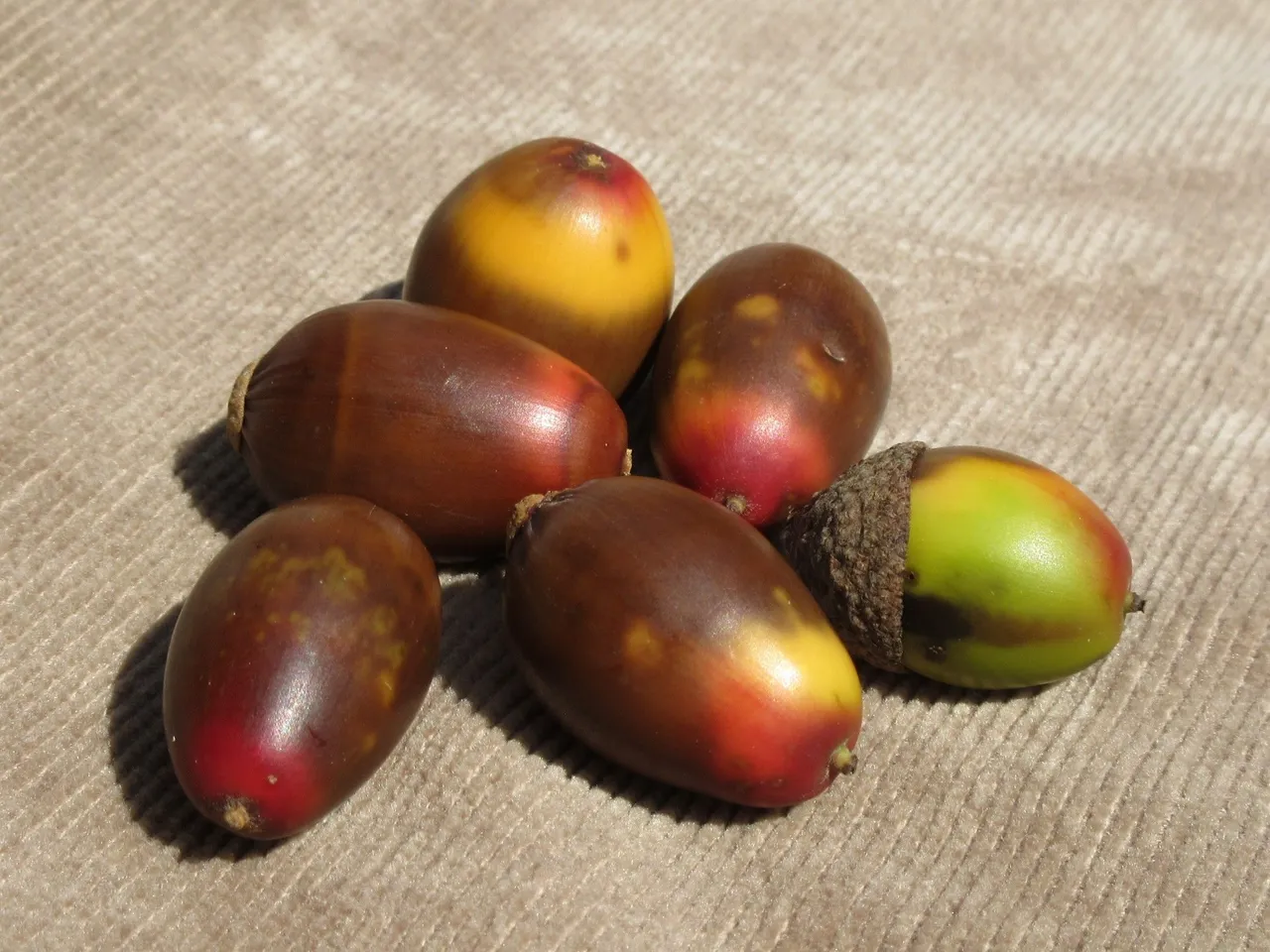My Grandpa always told me that a bumper crop of acorns meant we were gonna have a hard winter. This will be the year that I will know if that old wives tale holds any water or not. The first winter I spent on this land was in 2012 and we had one hum-dinger of a winter with record breaking below zero temperatures and lots of snow. (I live in KY, so that's unusual for us.) Truth be told, I have no idea of the acorn crop that year.
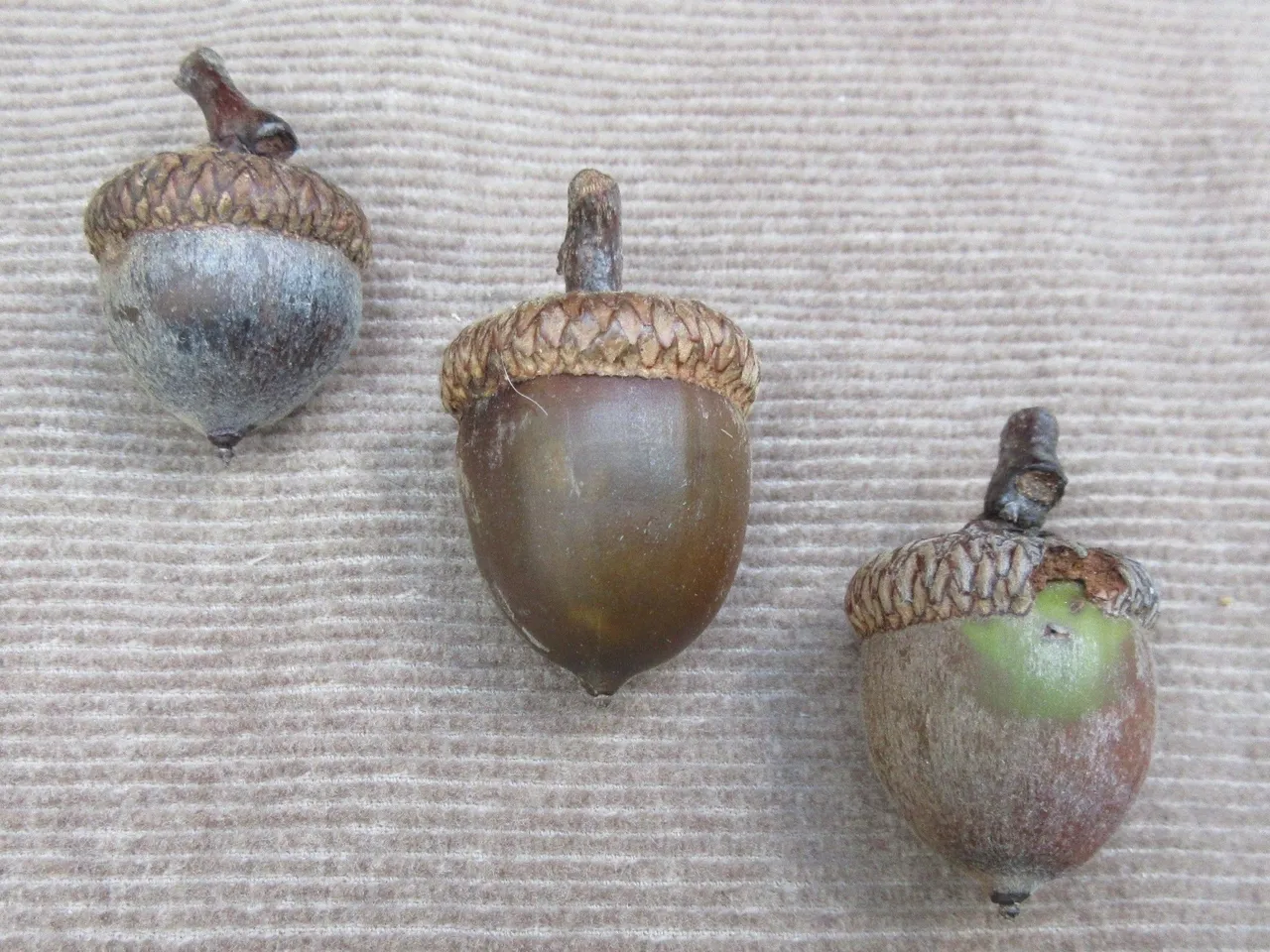
This year I've seen more acorns than ever before. Granted, I wasn't paying super close attention "each" previous year. But, I do know that last year was a sparse year for them. I have oak trees surrounding my house and can hear them hit my metal roof.
It's funny the ways one finds to amuse themselves when they live alone. I can tell the size of the acorns by the sound. I think, oh, that was a big one because it bounced off the roof. Then there are the small ones. I imagine the ole tuck and roll as they go down the roof line.
This brought me to think about why trees produce more or less fruit over the years. I assumed that weather and pest conditions would be the answer. I was very curious about the abundance of these acorns. So I did a bit of digging and found a theory that most scientists believe to be true.
In a nut shell, haha, they believe that if nut trees produced a bumper crop every year that the animal populations would grow to such an extent that they would devour the entire harvest. As a result, no nuts/seeds would be left to grow into trees. This is where the "mast cycle" comes into play. Mast is described as, the "fruit of forest trees like acorns and other nuts". Definition Source
During harsh years of low nut production, the wildlife decreases in numbers as there isn't enough food to eat. Once this has happened a very bountiful year occurs and the trees produce more nuts than can ever be consumed. This is the trees way of ensuring that some of the nuts will germinate into seedlings and repopulate the forests.
I've recently started to record this cycle. Because I live off-grid, I have to be very aware of weather conditions, temperatures and amount of sunlight hours. As well as, solar charge controllers and inverter readings. I've kept journals of all this for several years now. This allows me to prepare more efficiently. I can pretty much tell you within a few days of when there won't be enough sun to power certain items or when a generator will be necessary. So creating a brief journal of observational data is sorta secondhand to me. It's easy to do and interesting to look back on.
I had fun playing with some acorns and noticed the life cycle of the nut. I put together a little photo collection for you. Enjoy.
Onward in Strength!
Mary Lotus
